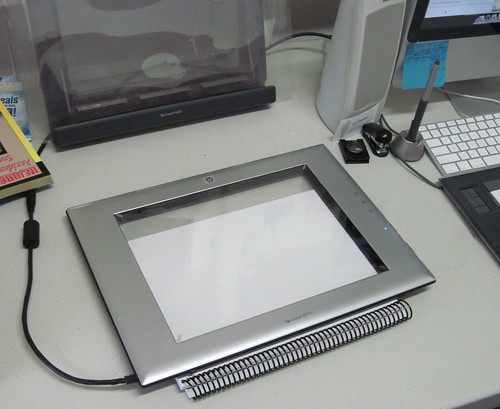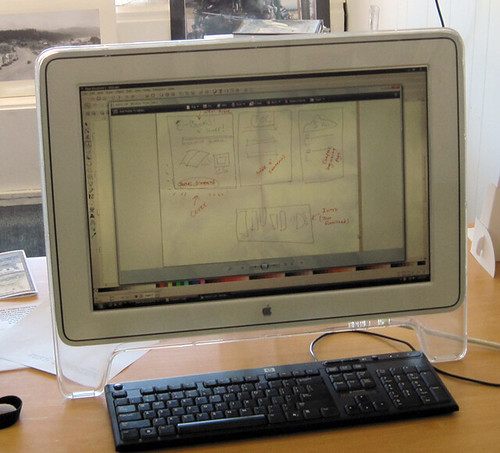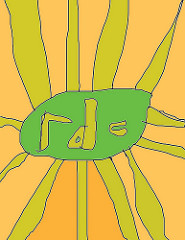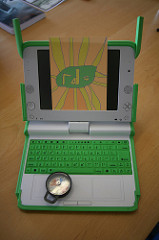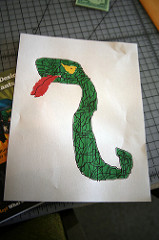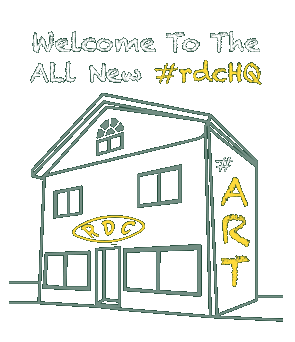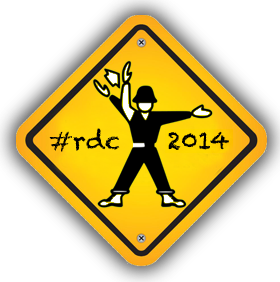Hacker Wednesday 7/14 – eBook 101
- July 15th, 2010
- By rdcHQ
Greetings from #rdcHQ!
This week, Christopher Garcia joins the crew at RDC Headquarters. He hit the ground running with some super ideas and immediately got up to speed on FLOSS Manuals and the fundamental building blocks of the eBook: HTML (XHTML) and CSS. We began our exploration of the eBook by breaking out of the content management system (CMS) at FLOSS Manuals so we can strictly focus on design. Scotty downloaded a local copy of the HTML/CSS and images, and uploaded it to our UI Lab so we could all begin experimenting. We broke this file down further into key pages and page elements that recur in the book design. These are listed in the table below:
Page Elements – Christopher
|
HTML Elements – Christopher
|
Chris’s challenge is to write a new CSS file using the current document structure already in use at FLOSS Manuals. This will require some iteration with the individual key page files and the global HTML file* until we achieve the best visual result. Once that is complete, we will test our custom CSS using the FLOSS Manuals REMIX function. It should be interesting and educational – and exciting to see how it all translates when run through FLOSS Manual’s custom PDF generator, OBJAVI.
*Please note that our HTML file is for design and testing purposes only and will be deleted at the end of this exercise. The current version of Reading and Leading with Sugar is available at FLOSS Manuals.
Last week: Hacker Wednesday 7/7 – Cover Art
Last week, we had a strictly visual Hacker Wednesday. Oceana brought in her art tools and dazzled us with her ability – and determined the visual style for the illustrations for the book.
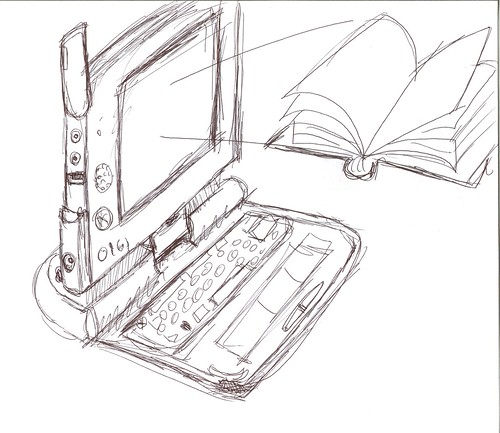
She has chosen a loose natural style that makes the book seem “less nerdy” (in the words of the author) and brings together the color palette of the FLOSS Manuals site and the OLPC XO quite effectively.
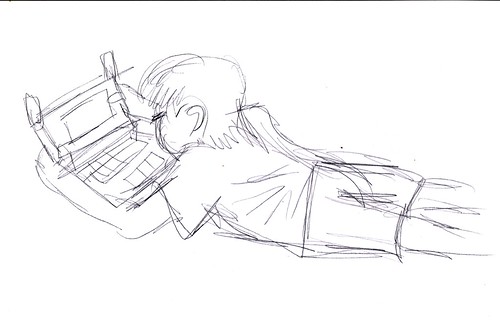
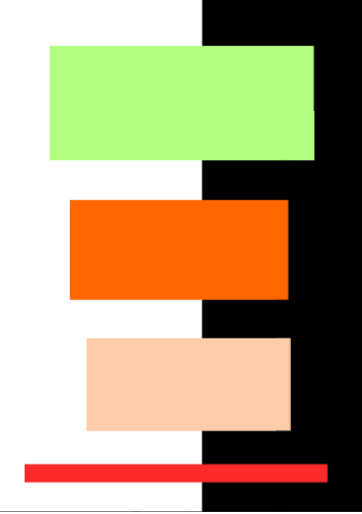 Now that the visual direction is determined, she is working with Christopher to establish the look and feel of the entire book – starting with a color palette based on her illustration (at right). Christopher and Oceana are already brainstorming ways to break up the book with illustrations and her palette. Creating graphics for the section headings based on the drawing could be a very effective way to add visual flair to the book and we are going to explore that idea next week.
Now that the visual direction is determined, she is working with Christopher to establish the look and feel of the entire book – starting with a color palette based on her illustration (at right). Christopher and Oceana are already brainstorming ways to break up the book with illustrations and her palette. Creating graphics for the section headings based on the drawing could be a very effective way to add visual flair to the book and we are going to explore that idea next week.
One thing is certain: we have no shortage of talent or interesting projects at #rdcHQ this year!
Great work, team!

